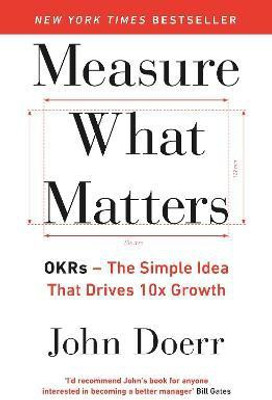
Engineers' Graphics Part 2 (English, Paperback, Chaman Lal Fotedar)
Share
Engineers' Graphics Part 2 (English, Paperback, Chaman Lal Fotedar)
Be the first to Review this product
₹646
₹750
13% off
Coupons for you
T&C
Available offers
T&C
Delivery
Check
Enter pincode
Delivery by9 May, Friday|Free
?
View Details
Highlights
- Language: English
- Binding: Paperback
- Publisher: Notion Press
- Genre: TECHNOLOGY & ENGINEERING
- ISBN: 9781643249513, 1643249517
- Edition: 1, 2018
- Pages: 358
Services
- Cash on Delivery available?
Seller
Description
A book on any subject is mainly written by experienced authors who cover the contents of the syllabus framed by eminent experts on the subject intended to be taught in the universities. Such an attempt has been made by the author of this book with a certain twist. He has put in more practical material in the book to follow.
The subject forms the basics for an engineer when he comes in contact with the drawings to be followed carefully with a good knowledge of reading it. This book serves the purpose such that it can be implemented in the practical field of work. The author has framed the topics in the book in such a manner that it creates a lot of interest in an individual who has gained sufficient knowledge in this subject. Understanding the subject is a secondary object; the main emphasis should be laid on the innovation aspect from the learning of the subject, which in the future can be implemented in the field. This book has to some extent has fulfilled such an idea. Also, the book tries to follow a pattern by which a student at the end of study course) shall feel satisfied with the knowledge gained by reading and in practice for solving the problems/exercises during his/her study. The genre of the book is such that a student becomes more practical in nature.
Finally, a good student in graphics is also a mathematically sound student as the subject is generally a mathematics-oriented subject. It sharpens the brain of a student while he/she studies it religiously.
Read More
Specifications
Book Details
| Publication Year |
|
| Number of Pages |
|
Contributors
| Author Info |
|
Have doubts regarding this product?
Safe and Secure Payments.Easy returns.100% Authentic products.
Back to top






